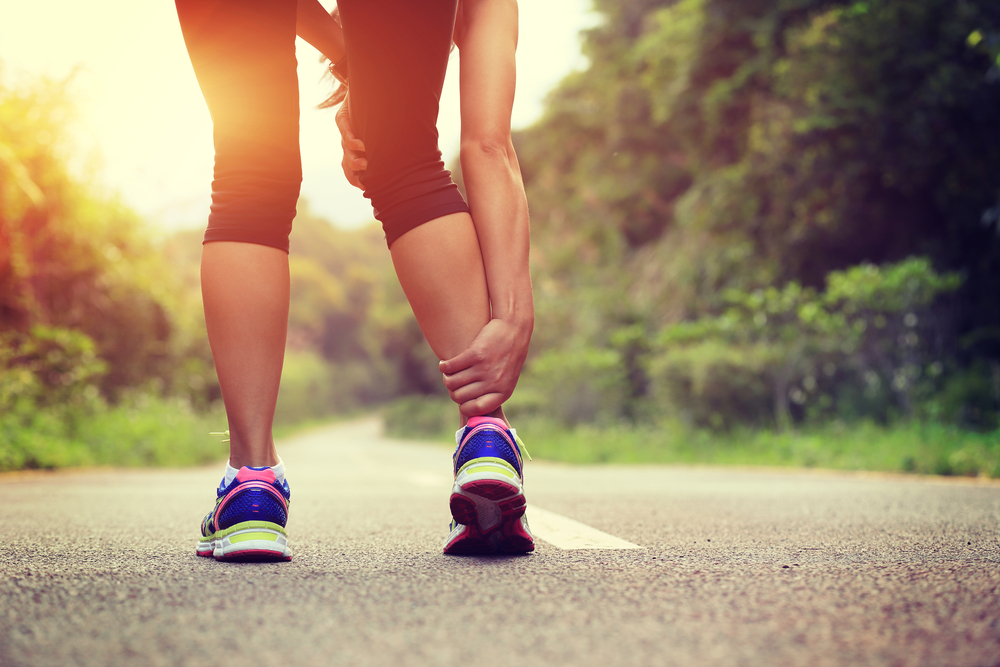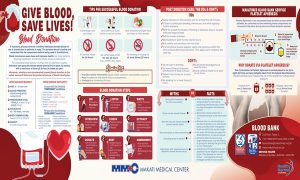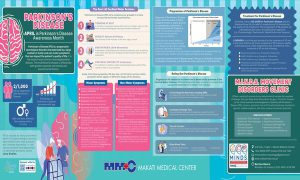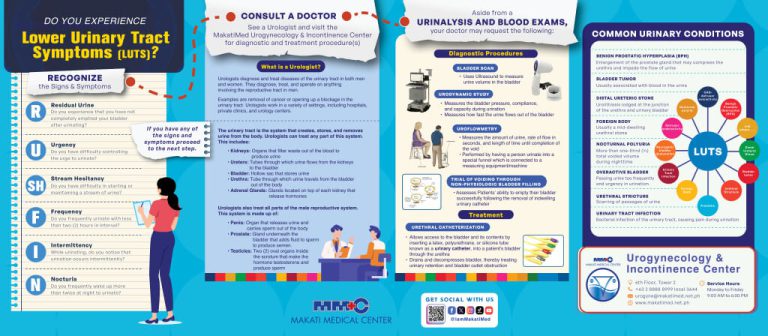All successful athletes have one thing in common, they all take good care of their bodies. Taking the extra effort to strengthen and condition their bodies have helped them avoid career-ending injuries.
But, injuries can happen due to accidents (acute injuries) or even unconsciously, through wear and tear (chronic). Whether you play sports regularly or if you’re physically active, you can take preventive measures. In the case that you are already suffering from an injury or if you’re feeling any sort of discomfort, please visit an orthopedic clinic.
Here are some common sports injuries you should watch out for.
1. Ankle Sprain
An ankle sprain occurs when the ligaments of the area tear or overstretch. The swelling caused by the sprain may make it difficult for one to put pressure on the foot, causing pain and movement difficulty.
3 levels of Ankle Sprains:
- Grade 1 – Soreness and light swelling – no tear
- Grade 2 – Prolonged pain and swelling – with partial tear
- Grade 3 – Pain, swelling, and instability – complete tear
The moment your ankle is sprained, immobilize your foot, then immediately apply ice and elevate it. The injury will subside on its own but will take around two to 12 weeks for it to completely repair itself.
People who have sprained their ankles before have a bigger chance of spraining them again, so be extra careful. Avoid sudden, jerky movements during physical activity to minimize the chances of hurting your ankle(s) again.
2. Achilles Tendonitis
Achilles tendonitis commonly occurs in sports that require people to constantly change their speed and direction. The injury will first appear as a mild ache in the back of the leg or pain above the heel and evolve to a painful strain.
Self-care measures can be done at home, but a doctor’s supervision is still required. Be wary of this injury because the pain may subside when you’re resting and reappear once you are moving again. If left unmonitored, your achilles may rupture. This may lead to surgery and months of therapy, thereafter.
Before you start getting active again, it’s best to ask your doctor’s clearance to lessen risks.
3. ACL Tear
Known to have ended the careers of many athletes, an ACL (anterior cruciate ligament) tear is when the ligament that connects the knee to the leg snaps.
The knee is one of the most commonly injured joints because it absorbs a lot of force. Similar to tendinitis, tears usually happen in sports, with a lot of pivoting and acceleration going on at the same time. The mild version of the injury (a minimal tear/sprain), does not require surgery but a complete tear requires surgical intervention [KKM3] [JGG4] and months of therapy.
Luckily, treatment today is better than it used to be, so people who have been injured have higher chances of returning to the field. Do leg exercises and stretches for proper conditioning and consider wearing knee support.
4. Patellofemoral Syndrome
Patellofemoral syndrome, also known as runner/jumper’s knee, is a condition where one experiences pain around the kneecap. While walking or running, the patella or kneecap should normally move back and forth inside the groove at the end of one’s femur or thigh bone.
It can be caused by high amounts of vigorous physical activities that put stress on the knee. Without proper rest and maintenance, your knees will gradually develop patellar malalignment, altering the way your kneecaps move inside the trochlear groove.
One may experience swelling in one or both knees, eventually causing difficulty during movement and muscle imbalances. The injury can be unnoticeable as it may feel just like an ordinary ache from physical activity. Be vigilant and know when it’s time to rest because the pain can gradually worsen over time.
The condition can be treated at home with the right amount of rest but if your condition becomes unbearable, you may want to see an Orthopedic doctor for effective recovery.
5. Slipped Disks
Your spinal column is made up of different bones stacked together. Every single bone has a disc that cushions the bones from the shock caused by daily activities such as walking and lifting. Slipped/herniated discs are caused by irregular twisting motions and is more likely to occur as you age.
Patients who have experienced the injury have reported the following symptoms:
- Pain and/or numbness that extends to your arms and legs
- Pain that worsens with certain movements
- Burning sensations in the affected area
- Difficulty and pain when walking, sitting down, and standing up.
Treatment will depend on the severity of your injury. Your doctor will perform a physical exam to assess your current condition and will ask you to undergo one or a few imaging scans. A mild injury will require therapy while a severe one will necessitate surgery.
6. Sciatica
Commonly seen in athletes who are always in a forward posture (cyclists) or athletes who rotate their torsos when they swing (golf/tennis), sciatica is a back injury caused by a problem with a person’s sciatic nerve. When there’s too much pressure on the nerve, the individual may experience pain or numbness in the legs, back, and even the buttocks.
Most people can recover from sciatica without surgery. Stretching your back and hamstrings, taking the time to lay on your back, and having the proper amount of rest will help your sciatic nerve recover. If symptoms persist, it’s best to seek help.
7. Tennis Elbow
Tennis elbow, more formally known as lateral epicondylitis, is a minor elbow injury caused by repetitive motion of the arm.
Overuse can lead to tears in the tendons located where your forearm and elbow meet. This leads to pain and swelling that may last from weeks to months. Individuals who have experienced the injury found it difficult to grip and lift things, and some patients even reported that touching the area is painful.
Tennis elbow can be treated easily through exercise, physical therapy, and medication. Your doctor will likely ask you to undergo tests such as an MRI scan. Be sure to communicate your symptoms in order to hasten the healing process.
8. Concussion
If you’re playing a contact sport, you should really watch out for your head. A concussion is a serious injury and should not be taken lightly. Even a small but unexpected blow to the head can shake you up completely and damage your brain.
People who have experienced a concussion have reported the following:
- Headache and nausea
- Confusion and delayed mental processing
- Sensitivity to light
- Disorientation
After a concussion has been treated, the patient must be evaluated and cleared before returning to physical activities. Symptoms can relapse, so both patients and doctors must be extra careful. Treatment includes complete rest from physical and mental activities.
Keep your body in shape
Whether you’re a professional athlete or fitness enthusiast, the secret to your body’s longevity is to balance exertion and rest. Taking the time to stretch and perform mobility exercises is just as important as your recovery. Listen to your body and it will let you know when it’s time to stop and rest.
If you have inquiries, don’t hesitate to consult with our specialists at MakatiMed’s Department of Orthopedic Surgery. Call +632.8888.999 local 3304 to schedule an appointment.











